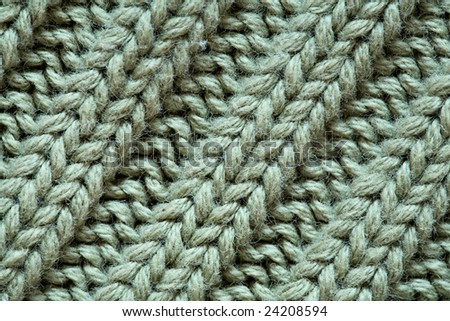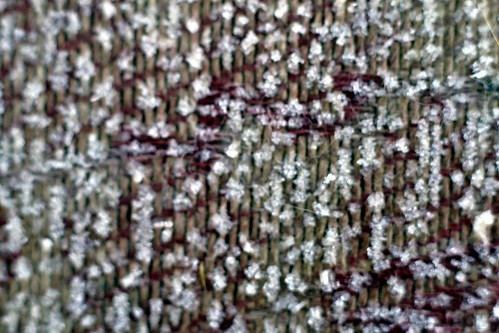It was the ride of the rich! It got people places, not only faster, but "in style". The overly large front wheel and the laughable small back wheel made many people question the functionality of this object, but it was efficient, and people soon grew to like the bicycle so much that they dedicated the time and effort to redesigning it. So, the image of the bicycle grew from this:

to something more modern, to something that would perhaps look like this twenty years form now:

As insane as this may look, the evolution of the bicycle has changed somewhat. There were gears added, different types of metals tested and used, different bar placement, different handlebar placement, everything was questioned. Would the bike seat be comfortable for males, or would it only suit females? Are the bars in the way of easily getting on the bike, or, heavens forbid, they prevent one from getting off the bike easily? There are many different things that designers had to think of to not only streamline the bicycle, but provide a leisure version, and a racing version as well. Now, the bicycle has many options to choose from, if one needs more visual imagery, please step outside, or travel to Davis...








